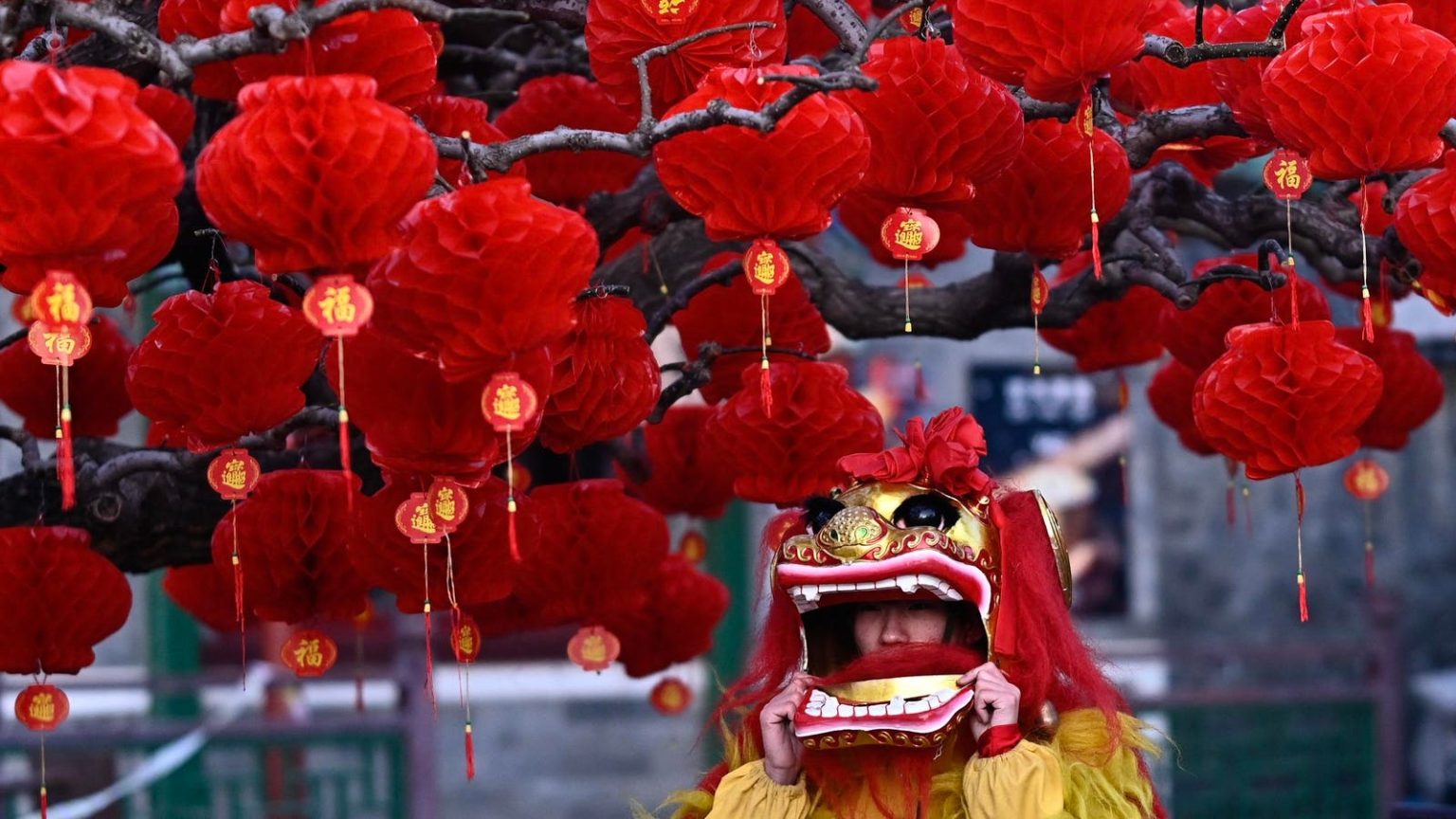Global Celebrations Usher in the Year of the Wood Snake: A Time of Transformation and Growth
Hundreds of millions of people across the globe welcomed the Lunar New Year on Wednesday, marking the beginning of the Year of the Wood Snake. From bustling city centers to intimate family gatherings, the vibrant celebrations painted a picture of renewal, tradition, and hope for the coming year. Fireworks illuminated the night sky, lion dances energized the streets, and the exchange of red envelopes filled with money symbolized wishes for prosperity and good fortune. The Lunar New Year, deeply rooted in cultural significance, represents a time for reflection on the past and anticipation of the future, bringing together families and communities in a shared experience of joy and optimism.
The Year of the Snake, specifically the Wood Snake in 2025, carries symbolic weight in Chinese astrology. The snake is revered for its resilience, courage, and strong interpersonal skills. Associated with rebirth and regality, the snake is believed to be the most tenacious of the twelve zodiac animals. Those born under this sign are often seen as natural leaders, possessing a keen intellect and the ability to navigate complex situations. While some may perceive the snake as sinister or intimidating, its inherent wisdom and adaptability are celebrated as qualities that can lead to great success. The wood element further enhances these characteristics, imbuing the year with a sense of growth, flexibility, and tolerance.
As the world welcomes the Year of the Wood Snake, experts offer insights into the potential challenges and opportunities that lie ahead. Thierry Chow, a renowned feng shui consultant based in Hong Kong, predicts a year of potential clashes and conflicts, suggesting a more chaotic global atmosphere. However, the snake’s inherent ability to adapt and overcome obstacles offers a glimmer of hope, suggesting that resilience and strategic thinking will be key to navigating the uncertainties that may arise. The Lunar New Year serves as a reminder of the cyclical nature of life, encouraging individuals and communities to embrace change and seek harmony in the face of adversity.
The Lunar New Year, also known as Chinese New Year, is a momentous occasion deeply ingrained in the cultural fabric of numerous countries across East and Southeast Asia, including China, Vietnam, Korea, Malaysia, Indonesia, the Philippines, and Singapore. While each country may have its unique customs and traditions, the underlying theme of renewal and celebration of family and community remains constant. The festivities typically span several days, starting with thorough house cleaning to sweep away bad luck from the previous year and make way for good fortune. Red, the color of joy and prosperity, adorns homes and streets, creating a vibrant backdrop for the celebrations. Family reunions, elaborate feasts, and the exchange of gifts and red envelopes filled with money are integral parts of the festivities.
Preparations for the Lunar New Year begin weeks in advance, as families meticulously clean their homes, shop for new clothes, and prepare traditional dishes. Red decorations, including lanterns, paper cuttings, and couplets bearing auspicious messages, adorn homes and public spaces. On New Year’s Eve, families gather for a reunion dinner, a symbolic gathering that emphasizes the importance of family ties. The following days are filled with visits to relatives and friends, lion and dragon dances that symbolize good luck and prosperity, and the lighting of firecrackers and fireworks to ward off evil spirits. The fifteenth day of the new year culminates in the Lantern Festival, marking the end of the festive period.
The impact of the Lunar New Year extends beyond cultural celebrations, significantly impacting global economies and travel patterns. The holiday period witnesses the world’s largest annual human migration, as hundreds of millions of people travel from urban centers to their hometowns to celebrate with their families. This mass movement of people strains transportation networks and boosts various sectors, including tourism, hospitality, and retail. In China alone, an estimated 9 billion trips were projected during the 2025 Lunar New Year travel period, underscoring the scale and economic significance of this global celebration. The extended holiday period, implemented by Chinese authorities, aims to stimulate economic growth and provide a much-needed boost to various industries.











